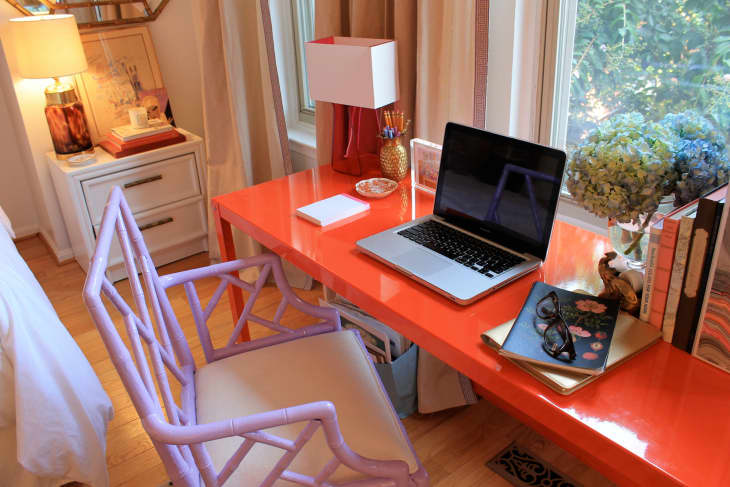9 Baby Steps to a Better Household Budget
Budgeting for your life and home can feel like an impossible task, but if you break it down into simple actions, it’s actually not that bad. You have to be willing to self-reflect, keep receipts and bills, and do a little math—and some research on budget trackers—but you can make it work.
For more content like this follow
Ready to build a better budget? (You know… one you’ll actually use?) Take it step by step:
1. Figure out what you have
The first step to creating a budget? Knowing how much money you actually have. Double check what’s in your checking and savings accounts, and think about any other funds you might have, too (like your 401k, or savings bonds). Make note of all of it before you do anything else.
2. Figure out what you make
If you’re a salaried employee with no income coming in on the side, this is easy to figure out—just add up your paychecks for the month. If you freelance, make tips, or have multiple sources of income, you’ll have to add everything up and go from there, and you may have to estimate. Once you know how much money you have coming in, you’ll be able to budget a lot better.
3. Calculate how much you owe
Whether you owe money on a mortgage, student loans or your credit card, if you have debt, you’ll need to factor how much you owe—and how much your payments are—into your budget, so make sure you add it all up, too.
4. List all of your recurring expenses
Think about everything you spend money on regularly—utility bills and other services (like your Netflix account, or gym membership) as well as food, cleaning supplies and personal items. For some of these expenses, you’ll know exactly what the fee is each month, but for others, like groceries, you’ll have to estimate and then double check for accuracy—which brings us to the next step…
5. Observe your spending
Take a week or two to pay attention to how youactuallyspend your money, especially on food and personal items. You might estimate that you spend $75 a week on groceries, but in reality, you might be spending $100. Pay attention to everything you buy, and keep receipts—then add it all up so you know where your money is really going.
6. Figure out your wants and needs
There are things you need and want outside of what you typically think of when you factor in your spending, so make sure you consider things like buying new clothes, getting gifts for others, saving up for a vacation or a car, maintenance on your home and more when you’re making your budget—you want to make sure you cover everything, and be realistic about it.
7. Choose a system
In order to keep track of your budget, you’ll need some sort of system—you can use an Excel spreadsheet (my method of choice because it’s easy to customize, but it’s not for everyone) or another service likeMintorPersonal Capital—there are tons of apps and tools to choose from. Find one that has the features you need and feels easy and natural for you to use, that way, you’ll actually want to.
8. Update it regularly
You can make the most thorough, organized budget there is, but if you don’t update it frequently, it’ll be totally useless to you. Make time in your schedule—set an alarm or a calendar reminder if you have to—to make any changes or update any bills and expenses as they come up so your budget stays accurate.
9. Be open to adjustments
Your spending and income might change, your plans may pivot, and unexpected expenses might come up. Make sure that you’re open to adjusting your budget, and that when you create your budget, you leave room for a little cushion of savings to deal with those changes when they arise.

